In tribute to this year’s collaboration between Artists and Biologists Unite for Nature (ABUN) and ACAP for World Albatross Day, ABUN artist, Marion Schön, has produced a poster depicting all 47 works submitted this year to Project #47.
The artists, who produced works inspired by this year’s World Albatross Day theme, “Marine Protected Areas: Safeguarding our Oceans”, are also acknowledged on the poster.
 The poster, by ABUN artist Marion Schön, depicts all 47 works submitted to Project#47
The poster, by ABUN artist Marion Schön, depicts all 47 works submitted to Project#47
Among this year’s artists who contributed pieces to Project #47 were Tammy McGee and Lenina Villela.
Lenina Villela, based in Mexico City, says she feels a deep connection with albatrosses that began in 2014 with her discovery of the first Albatross Cam hosted by Cornell University. Watching an albatross chick hatch and grow sparked her interest in these seabirds and the challenges they face.
“I absolutely love those birds, they are majestic, beautiful, loving, caring, devoted partners and parents. I love all the birds but they are my favorite, and that’s why I make as many albatross pieces as I can,” she said.
Lenina’s art is characterised by her use of a variity of techniques and materials, such as quilling (using strips of paper that are rolled, looped, curled, twisted and otherwise manipulated to create different shapes, and glued together to create decorative designs), ink, and watercolour. She explains, "I like to think I'm a paper artist even though I work with different media from paper to vitreous enamel."
 Buller's Albatross by Lenina Villela, after a photograph by Ross Wheeler
Buller's Albatross by Lenina Villela, after a photograph by Ross Wheeler
Tammy McGee, another talented contributor to Project #47, who has submitted works to previous collaborations said that this year’s theme depicting Marine Protected Areas was quite a challenge, and the inspiration for her piece came from an unexpected place.
“I actually was having a hard time figuring out a way to convey the idea of Marine Protected Areas and the protection [they give]. I was packing up some stuff and wrapping it in bubble wrap and thought of putting an Albatross in a bubble might convey the idea of protecting it from harm,” she said.
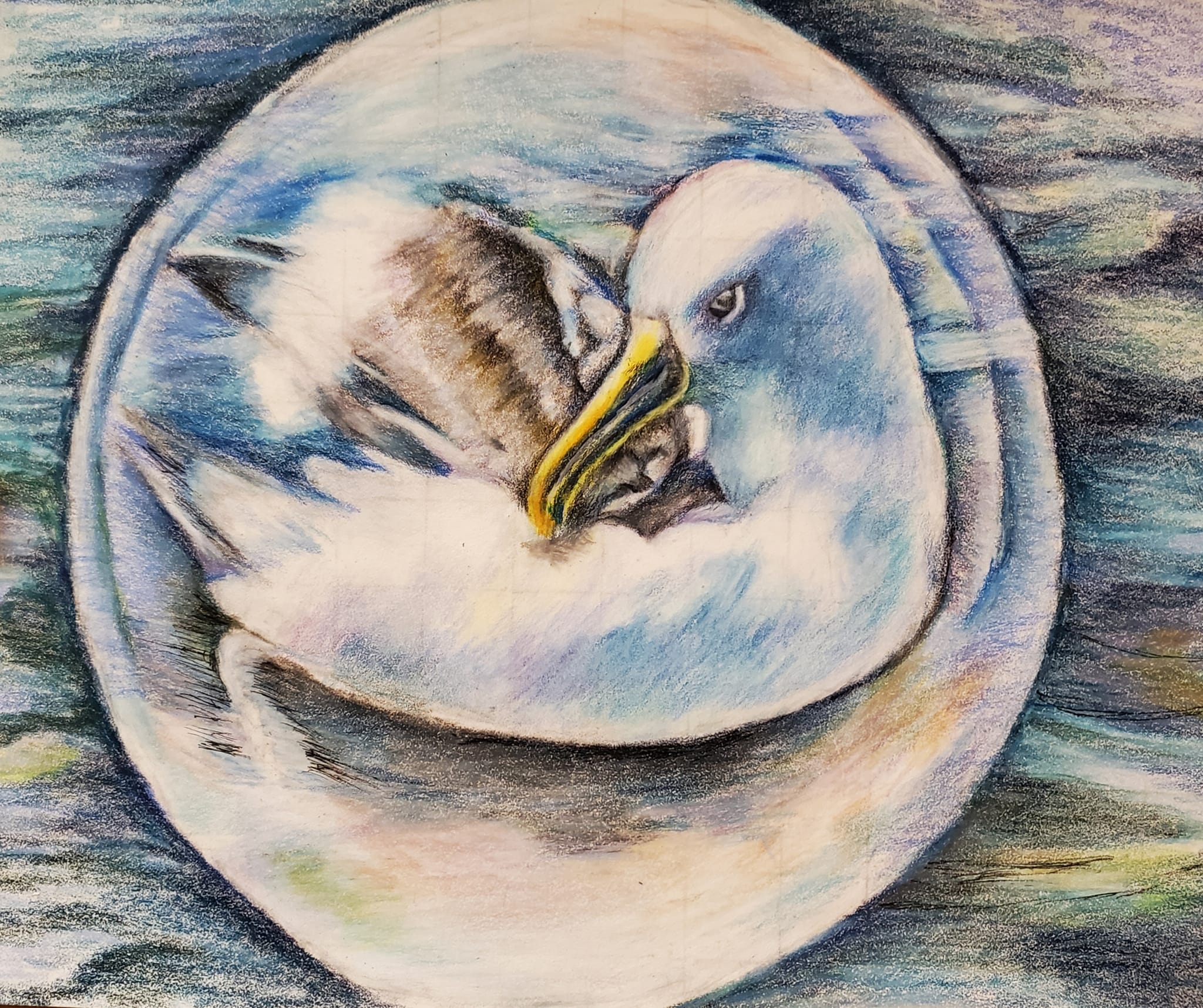 Buller's Albatross by Tammy McGee "Safeguarding Sphere", after a photograph by Laurie Smaglick Johnson
Buller's Albatross by Tammy McGee "Safeguarding Sphere", after a photograph by Laurie Smaglick Johnson
2024's Project #47 marked the fifth collaboration between ACAP and ABUN for World Albatross Day.
24 June 2024
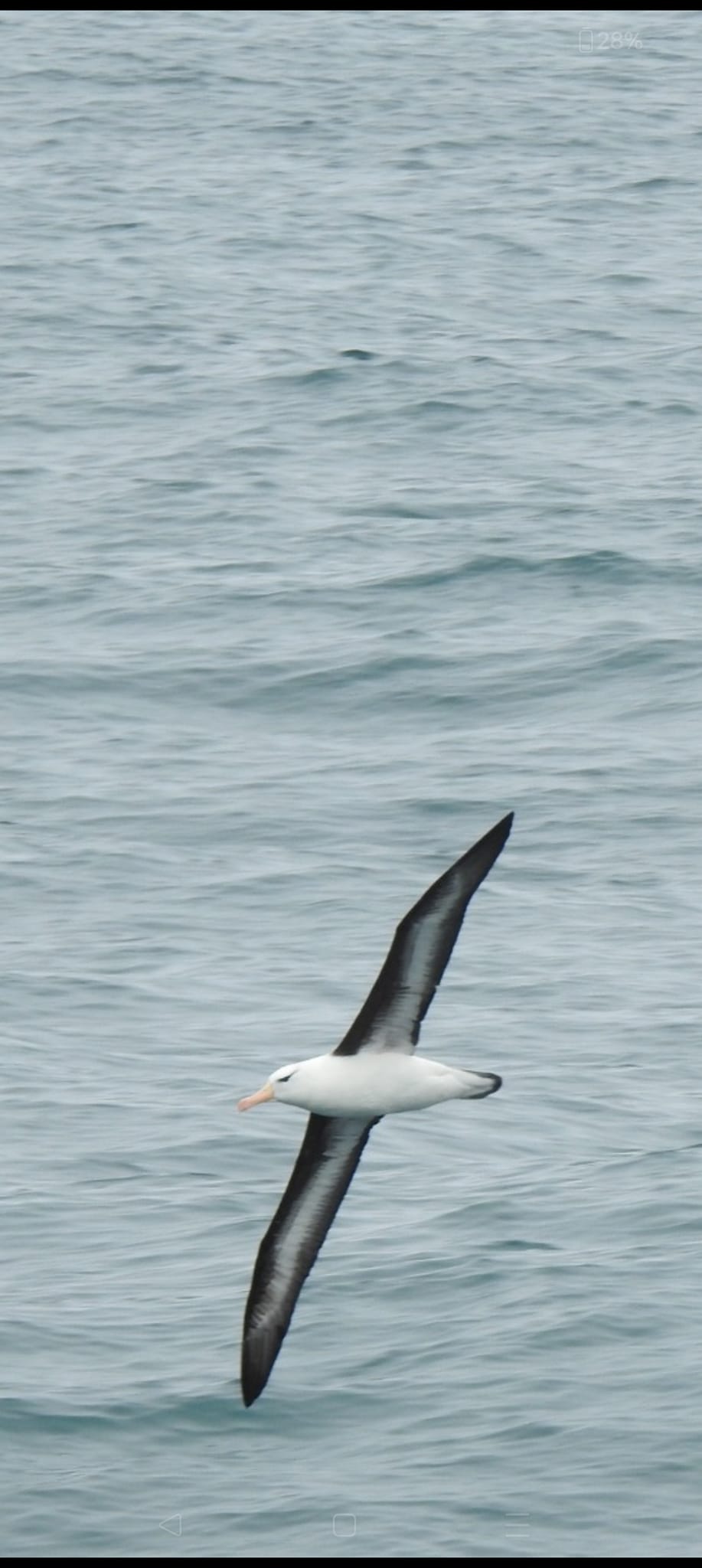

 English
English  Français
Français  Español
Español  The poster, by ABUN artist Marion Schön, depicts all 47 works submitted to Project#47
The poster, by ABUN artist Marion Schön, depicts all 47 works submitted to Project#47 Buller's Albatross by Lenina Villela, after a photograph by Ross Wheeler
Buller's Albatross by Lenina Villela, after a photograph by Ross Wheeler Buller's Albatross by Tammy McGee "Safeguarding Sphere", after a photograph by Laurie Smaglick Johnson
Buller's Albatross by Tammy McGee "Safeguarding Sphere", after a photograph by Laurie Smaglick Johnson






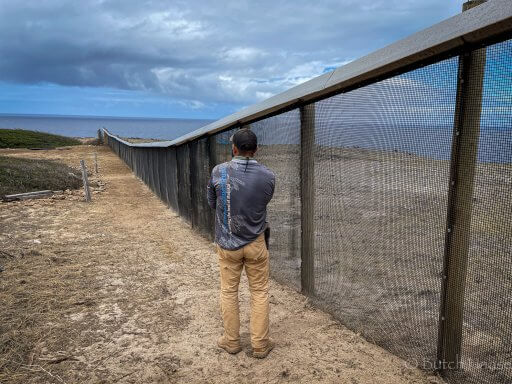 The completed Mokio Preserve predator-proof fence, photograph by Butch Haase, Moloka'i Land Trust
The completed Mokio Preserve predator-proof fence, photograph by Butch Haase, Moloka'i Land Trust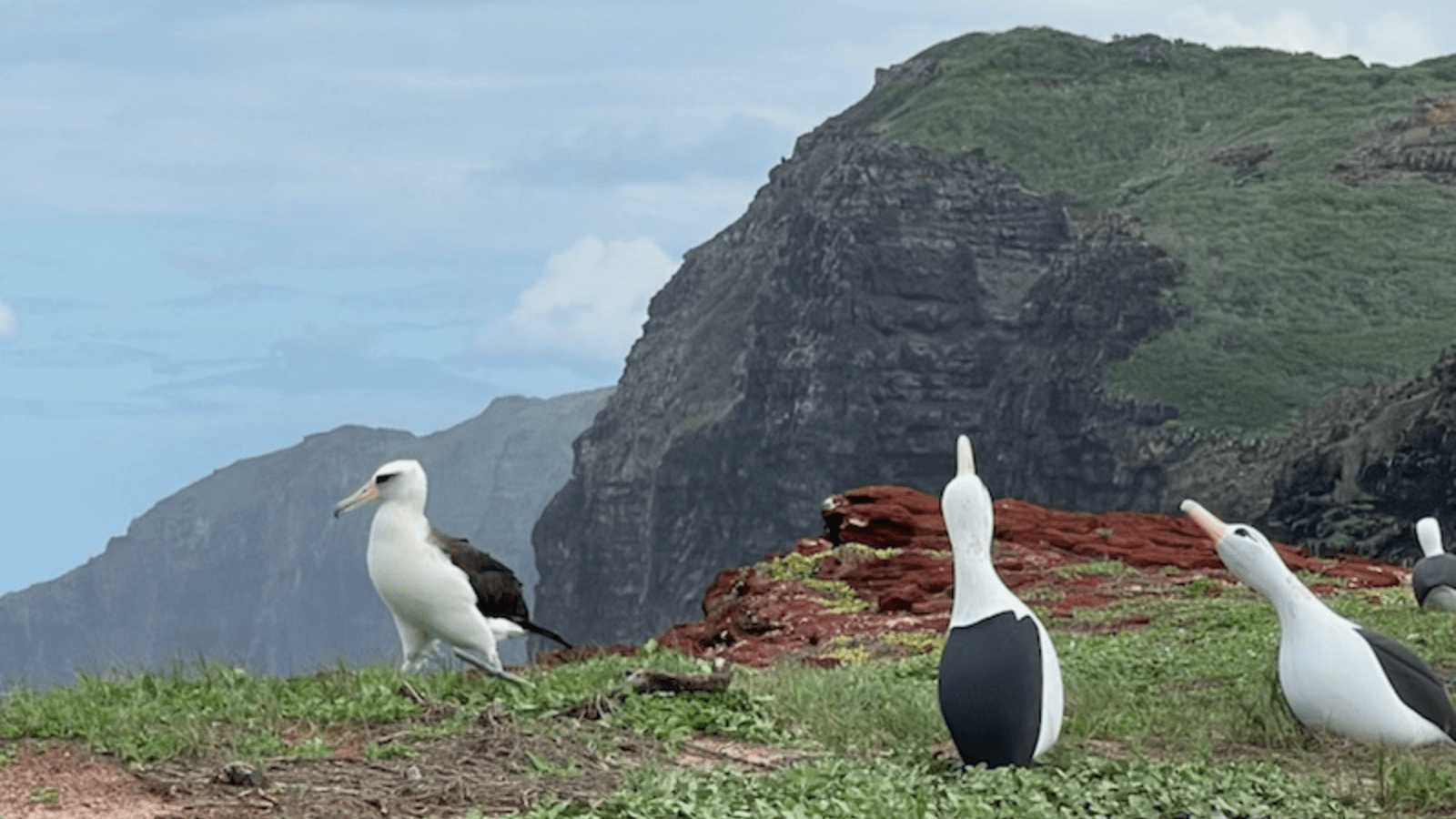
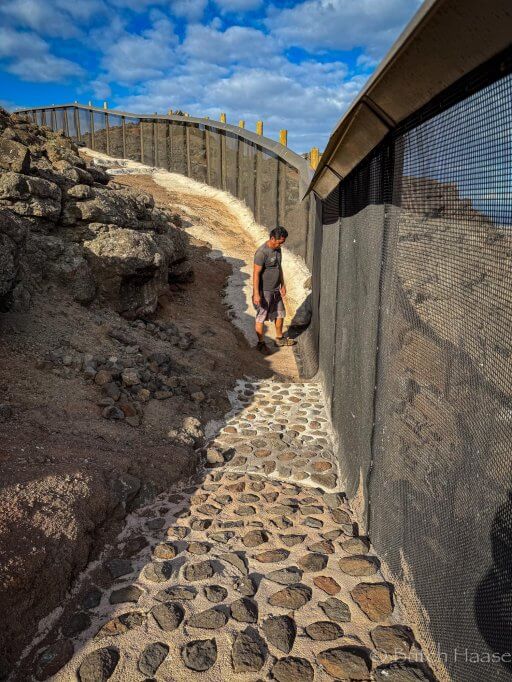 Another view of the completed fence, photograph by Butch Haase, Moloka'i Land Trust
Another view of the completed fence, photograph by Butch Haase, Moloka'i Land Trust This year's
This year's